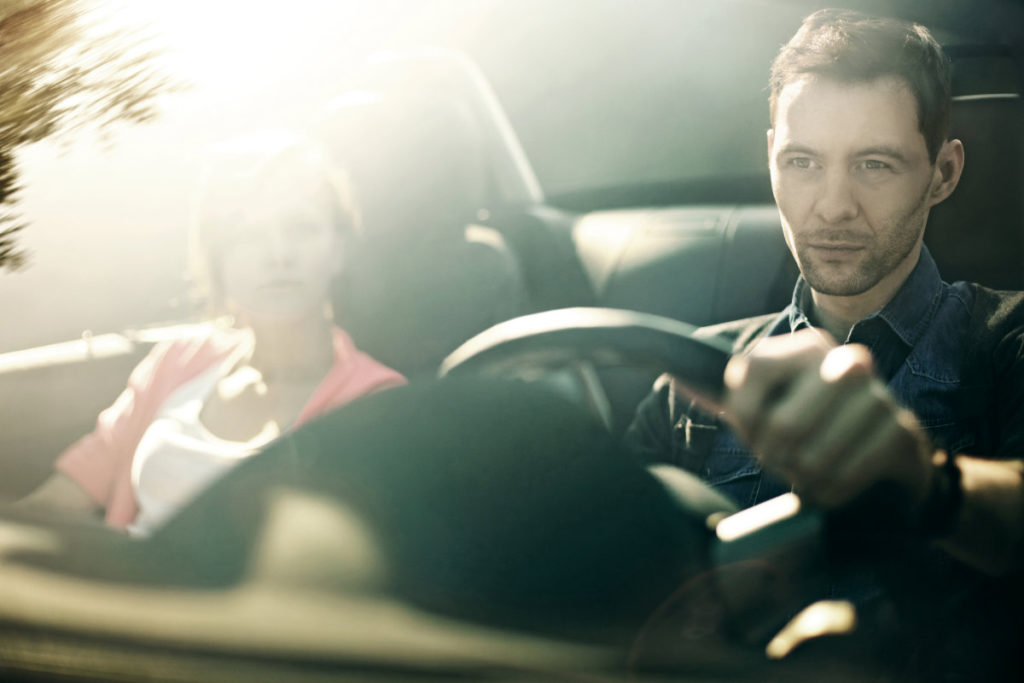How to deal with difficult people coping with the aggressive driver when he is a loved one
45 year old John terrorized his family when they were his passengers. He would yell at them if they complained about his driving. He would ignore them when they showed signs of discomfort and even seemed to enjoy scaring his passengers with his maneuvers such as tailgating, weaving in and out of traffic, passing other…
How to cope with a loved one driving under the influence of impaired emotions
45 year old John terrorized his family when they were his passengers. He would yell at them if they complained about his driving. He would ignore them when they showed signs of discomfort and even seemed to enjoy scaring his passengers with his maneuvers such as tailgating, weaving in and out of traffic, passing other…
How to control your emotions on the road
Dateline: December 4th. Orange County, California. A 29 year old man was shot to death, an apparent victim of road rage. According to newspaper accounts, he had a reputation for never backing down from a fight. The man and his half brother were heading home from a plumbing job when the trouble began. Driving in…
Rage behind the wheel: Can we help it?
Recent headline: “Road Rage may be due to medical condition called Intermittent Explosive Disorder (IED)” What is the science behind this? The study, reported in the June (2006) issue of the Archives of General Psychiatry was based on a national face-to-face survey of 9,282 U.S. adults who answered diagnostic questionnaires in 2001-03. It was funded…
Aggressive Driving Has High Costs
News item: “A 32-year-old Payson man learned that lesson the hard way Sunday. He was driving down a street in Orem (Utah) with his wife and children when he exchanged angry words with a local man. The Orem man pursued the family and tailgated their Chevy Suburban. In the heat of the moment, the Payson…



